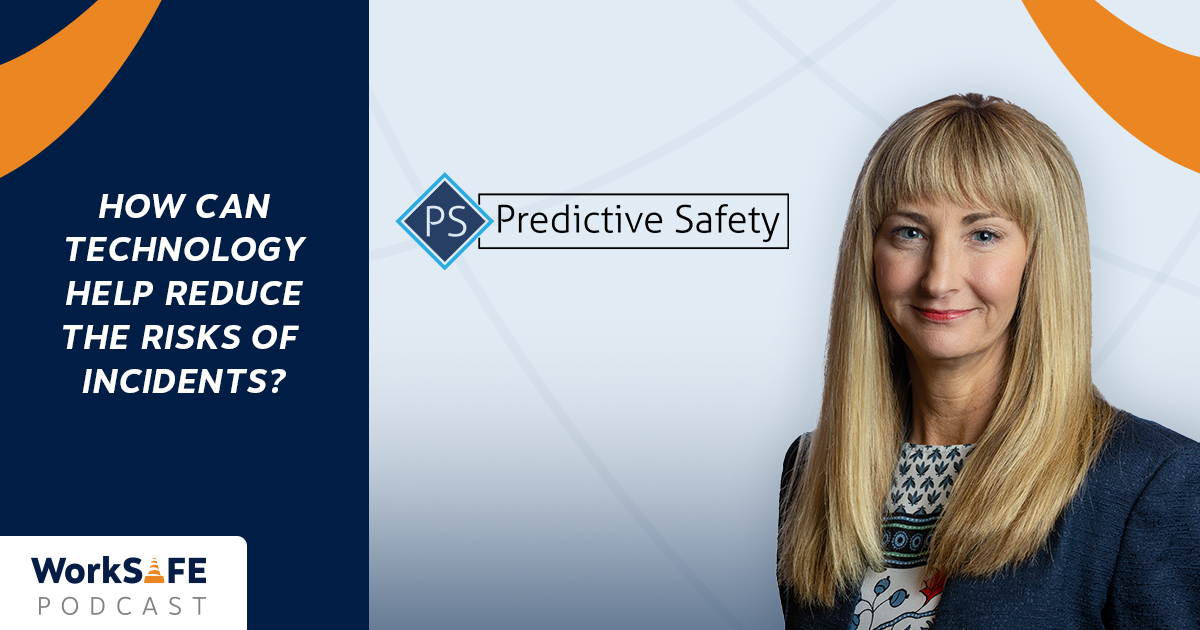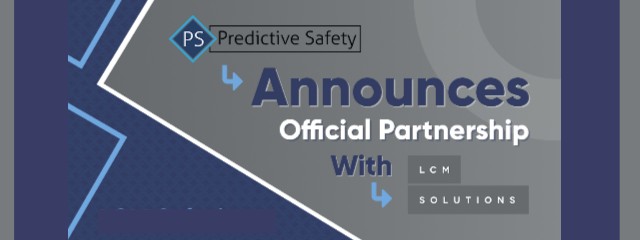Worker fatigue is one of the most common contributing factors to workplace accidents and near-misses. Fatigue can be attributed to reasons that are work-related and outside of work. Regardless of cause fatigue is more than simply being tired. Fatigue can cause progressive impairment in both mental and physical performance.
Fatigue is often the result of sleep debt, an accumulation of insufficient restorative sleep. But fatigue can also arise from mental or physical exertion, personal health factors, and psychosocial factors.
Disrupted and Irregular Sleep
Shift workers, especially those who work rotating shifts, are especially susceptible to fatigue due to the disruption of their circadian rhythm, or sleep/wake cycle. The human biological system operates on an internal clock in which different functions run on different cycle lengths. The circadian rhythm lasts approximately 24 hours, with various functions rising or falling at various times throughout.
These rising and falling functions—heart rate, body temperature, and others—create a powerful physiological tendency to sleep at night and be awake during the day. Difficulties occur when shift arrangements cause individuals to work against this biological clock, which affects both the ability to remain alert while on the job and their ability to sleep when off.
Employees who work rotating shift schedules are especially susceptible to sleep debt and debilitating fatigue symptoms because it takes time for a person to adjust to a new schedule. In fact, at the beginning of every new shift cycle, workers can experience what is commonly called “jet lag,” because they are working against two things: their natural circadian rhythms and a forced adjustment from their previous shift cycle to a new one.
High levels of fatigue have been shown to reduce performance and productivity in the workplace and increase the risk of accidents, injuries, and errors. Fatigue affects the ability to think clearly, which is vital when making safety-related decisions and judgments. People who are fatigued are frequently unable to gauge their own level of impairment. Unfortunately, it is not until the point of failure where fatigue has caused or contributed to an incident or a near-miss that we tend to focus on solutions, controls, or other ways to manage fatigue risk.
While a reactive approach may have been all that was available to safety-sensitive industries just a few decades ago, today, there are software solutions, including Predictive Safety’s patented fatigue management system, PRISM Monitor, that put the power of AI putting the power of artificial intelligence reactive approach to fatigue management relies on lagging indicators when a proactive approach is
Mitigating the Risk of Fatigue
When safety managers and business owners turn their attention to fatigue, they soon see that it is a three-fold challenge:
- There is no objective or standardized definition of fatigue until a point of failure is reached.
- Fatigue is a non-static variable, making it difficult to measure.
- How fatigued a worker is on the job is affected by factors outside of the workplace limiting the ability of the company to manage their impact on workplace safety measures.
Predictive Safety’s fatigue management systems, including PRISM Monitor and PRISM Workforce, give managers and supervisors the ability to proactively and accurately meet these challenges for safer, more productive shifts.
The PRISM fatigue management system’s advanced AI-driven algorithm calculates and predicts when a worker will be at risk for dangerous levels of fatigue. PRISM Monitor utilizes the Fatigue Risk Index, including worker shift times and lengths, relative to expected circadian rhythms. PRISM Workforce adds worker results from the patented, 60-second, AlertMeter® impairment test into the algorithm, giving supervisors more information for optimizing safety and productivity.
PRISM’s predictive algorithm allows for more informed shift scheduling and allows supervisors and employees to monitor alertness and apply countermeasures as appropriate to reduce or avoid impairment due to fatigue.
A study of PRISM at a large iron mine showed that monitoring and managing fatigue risk had an immediate impact on mine employees’ hours worked during high-risk fatigue zones. Consequently, over the course of the next year, shift attendance improved 3% and incident rates per produced metric ton dropped about 35%.
When asked about their experience using PRISM:
- 84% of workers and supervisors agreed that fatigue risk monitoring increased their awareness of job safety and performance
- 80% of workers and supervisors agreed that fatigue risk management increased their ability to manage their own fatigue levels at work
- 94% of workers thought that monitoring fatigue risk would help managers and supervisors understand the workforce better and help to improve their working conditions
- 96% of workers reported feeling better about their work environment knowing that their co-workers were being monitored for alertness and fatigue
Worker fatigue puts both the worker personally and the company at risk. It is a complex mental state characterized by a lack of alertness and reduced mental and physical performance often, but not always, accompanied by noticeable drowsiness.
Shift workers who spend long hours awake with an inadequate amount of sleep over an extended period, and those under high levels of physical and mental stress, are at the greatest risk. From a practical viewpoint, fatigue is a reality in the workplace and cannot be eliminated altogether, but it can be accurately predicted and the risks it brings effectively mitigated.
Fatigue management is a shared responsibility between the organization and all its employees, and all stakeholders should participate in order to provide the safest and healthiest working environment possible. Contact us to get customized pricing and learn more about how PRISM can help your company proactively manage fatigue for a safer more productive workforce.
References
Schutte, P.C. (2009). Fatigue risk management: Charting a path to a safer workplace. The Southern African Institute of Mining and Metallurgy, Hard Rock Safe Safety Conference: Sun City, South Africa.
Harrington, J.M. (2001). Health effects of shift work and extended hours of work. Occupational and Environmental Medicine 58(1): 68–72.
Van Dongen, H.P.A. & Dinges, D.F. (2005). Sleep, circadian rhythms, and psychomotor vigilance. Clinics in Sports Medicine 24(2): 237–249. doi:10.1016/j.csm.2004.12.007
Caldwell, J.A., Caldwell, J.L., & Schmidt, R.M. (2008). Alertness management strategies for operational contexts. Sleep Medicine Reviews 12(4): 257–273. doi:10.1016/j.smrv.2008.01.002
Heitmann, A. (2011). Evaluation of fatigue systems. Awake Institute.
Lerman, S.E., et al. (2012). Fatigue risk management in the workplace. Journal of Occupational and Environmental Medicine 54(2): 231–258.
Safer, More Productive Shifts Can Start Today
Request a no-obligation Discovery Meeting, and a member of our team of fatigue-risk mitigation experts will walk you through this revolutionary technology so you can run safer, more productive shifts.
Fill out the form below, and we'll follow up to:
- Ask a few additional questions about your situation
- Understand your scope and timeline
- Determine if there's a good fit
- Schedule your Discovery Meeting
"*" indicates required fields











